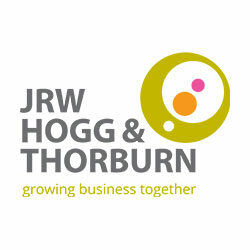Planning for retirement – tax efficiently
There are not many areas of tax planning where one can say that something is a ‘no-brainer’, but utilising pensions planning wherever possible is one. Tax and Succession Planning expert Brona MacDougall advises.
Income tax savings
The saving that most people obtain from contributing to a pension is income tax relief. A basic rate taxpayer can still benefit from the pension trustees obtaining additional contributions from the taxman, with high or additional rate taxpayers also having their tax bands increased accordingly. Each year, before the budget, there is speculation about whether this regime will be replaced by a flat rate of relief, but so far, the current rules remain.
Ongoing areas of concern though, are those of the annual and lifetime allowances (currently £40,000 per year and £1,073,100, respectively). Large payments into a scheme can bring punitive tax charges, so the benefits are limited. However, beneficiaries of a pension upon the death of an owner who was under 75 can at least draw the pension free of income tax.
Businesses and pension provision
It is with business owners that pensions really come into their own. Company directors can also pay themselves a pension at the appropriate time, which will attract a corporation tax deduction.
Placing personally owned commercial property used by the partnership or company into the pension can yield even greater savings. The pension trustees can charge a high-end market value rent on which they will not be subject to any income tax charge, nor suffer any capital gains tax (CGT) on the property’s appreciation; the business will still receive a tax deduction for that rent. The pension is thus being fed by the business and completely tax-free. By doing this, the individual director or partner’s inheritance tax (IHT) position is being mitigated at the same time. An individual holding an asset used by their company or partnership will only qualify for 50% business property relief for IHT purposes, so unless it is placed into the business, an IHT charge could be lurking. However, assets within one’s pension are outside the scope of IHT, so that problem is resolved.
Another problem resolved by holding property in a pension is that of CGT business asset disposal relief (BADR). Whilst not as potent a relief as it was before March 2020, the £1 million allowance with a 10% tax rate is still useful. However, assets that are owned personally and attract a market value rent will deny BADR to the owner; if the property is within the pension, such considerations do not arise.
IHT considerations
Whilst pensions are an IHT haven, one caveat is that HMRC might deem a transfer of funds into a pension as a transfer of value (and failed gift) if the individual dies within the next two years. The transfer of value exemption is however given on the proviso that the individual is in good health at the time of a contribution.
SUMMARY
Pensions planning is a complex area which means that expert advice should be sought; but whilst the annual and lifetime allowances will require regular reviews, pensions are tax-free vehicles and so will invariably play a significant part in tax, remuneration and succession planning.
